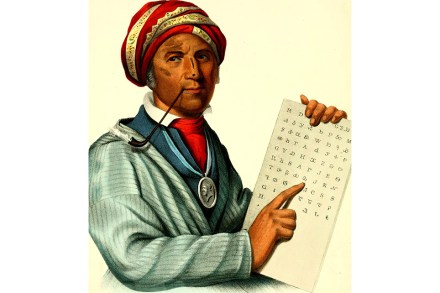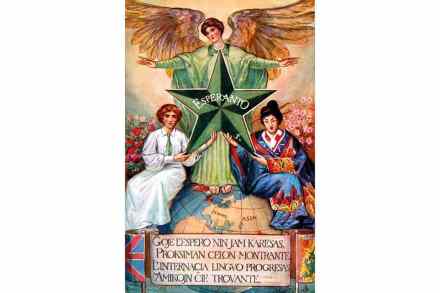Celebrating Sequoyah and his Cherokee alphabet
There are about 7,000 languages currently spoken on this planet. By the end of this century, all but 600 will have disappeared – the inevitable result of an unstoppable process as the last speakers of the world’s little languages die out, usually leaving no trace, for the vast majority are spoken only, with no written record. But even languages which have had the good fortune to be written down face their own extinction as their individual writing systems struggle to survive. Hundreds and hundreds of unique alphabets, as much as 90 per cent, face oblivion. Enter their gallant rescuer Tim Brookes, a British-born, Vermont-based writer, who is on a one-man




